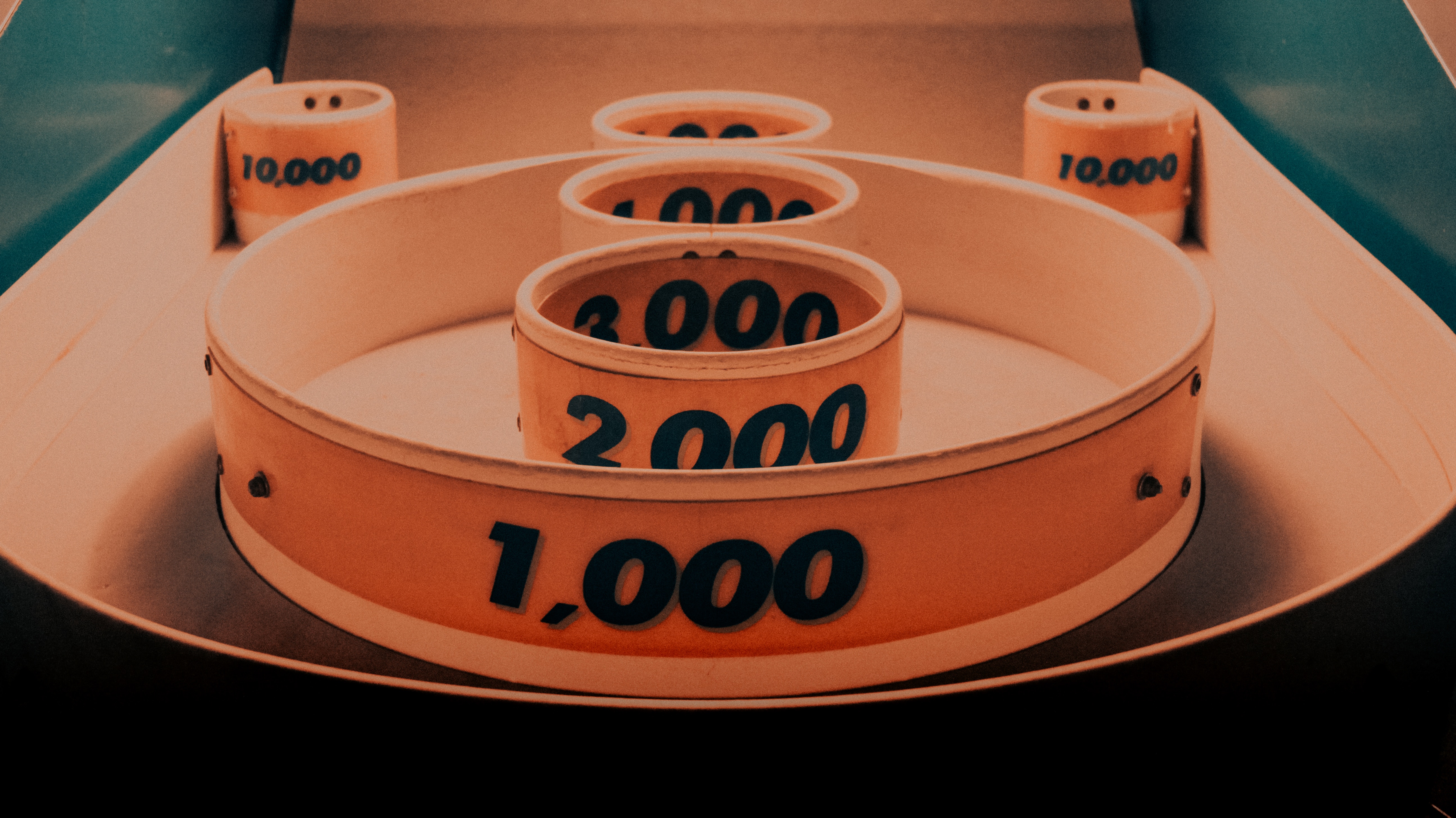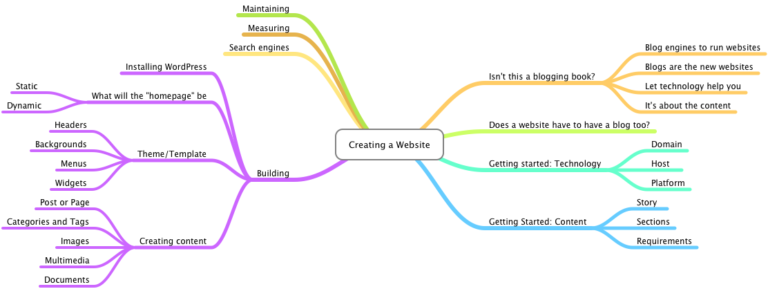How Gaming the System Worked Better For Everyone
What Weight Watchers teaches us about motivation

I’ve had to keep an eye on my weight since my first (medically supervised) diet at age 13 (13 year olds aren’t supposed to have high blood pressure). My mom (also a nurse) helped my follow a Weight Watchers inspired diet and it worked. Now flash forward a few decades and I’m losing some weight (again, down almost 15 pounds) and using Weight Watchers. This post isn’t about diets or health, it’s about how Weight Watchers has kept adapting its rules to help people lose weight.
Let me explain.
I’ll get right to the points
Weight Watchers works like this. Every day you’re allotted a certain number of points to use each day for food. You get some extra points each week to use for treats and more points for exercise. The idea is if you don’t exceed your points allotment you’ll lose weight over time. I’m given about 30 points a day. The trick is there are a lot of foods that are zero points. Pretty much all fruits and veggies—zero. Chicken breast, turkey breast, fish—zero. A lot of sauces and seasonings—zero. What costs are fattier meats (beef and pork), oils, sugars, and carbs. So rice costs points. Potatoes, points. That cream in my coffee, points (only 1 because it’s light cream).
But it wasn’t always this way. Not long ago a banana cost points (it’s sweet, right), but now it’s zero. Corn, peas, and other starchy, sugary veggies cost before and don’t know. Ditto for chicken, turkey, and fish. Why? Why make a change to how points are calculated (you do get fewer points now too)? It all comes down to psychology, game theory, and habit.
You’re not likely to eat six chicken breasts
The crux of the changes are to encourage healthy, lean eating. Trying to cut out fats, carbs, and sugars while getting people to eat more fresh fruit and veggies. As Weight Watchers explains it, you’re more likely to eat six cookies than six chicken breasts. Instead of people thinking, jeez I could have this banana or chocolate and they are close to the same in points, and choosing chocolate, people are incentivized to choose a banana.
Right now in the kitchen I have bowls of cherry tomatoes, blueberries, and raspberries all washed and ready. When I wander down for more coffee (black coffee is zero points), I’ll probably have some of any of them. Nice little snack.
Sure, if you plow through a big container of blueberries everyday you won’t lose weight as fast as if you didn’t (even if you keep within your points). And, a lot of nights in the first couple weeks of the routine I ate a lot of fruit and veggies as my body adjusted to the changes. I did, however, still keep losing weight. What’s the lesson here then?
Sometimes you have to game the system so people can be more successful.
There are rules, and then there are rules
Just like Morpheus said to Neo, there are rules in the system, some can’t be broken, but others can be bent and manipulated if you know how. In Weight Watchers’ case they saw the forest for the trees. It’s hard to lose weight, and if people are psychologically in a state of denying themselves things, when they break and binge, it’s often pretty epic. So, how do you keep people from binging? You make a smarter system so you don’t feel like you can’t eat anything. You adjust the point system so if you’re feeling hungry, having an apple or berries is a good thing.
The bigger picture is healthy eating and healthy weight loss. If your system discourages some of those habits, then something isn’t quite right.
What we can learn
The Weight Watchers point system is a great example of how you use something like a point system for changing behavior. What if you had 15 email points a day to send emails to your team, but could put updates in Asana for free? What if for every conversation you started on Slack that got a thumbs up, you got another email point? Sure it would be complicated to do, but it would help change behaviors (if adopting Asana or Slack was the long-term goal). And then when you set rules, you have to make sure that you haven’t put up barriers with the system to change behavior. For example responding to an Asana update via email shouldn’t cost an email point, because you’re using Asana and updating people. When we build systems to help people make positive changes, it’s essential that we keep the forest in view at all times. It’s essential to make sure we tweak and tune the system to encourage change and not prevent it.
And that is the whole point of changing for good, isn’t it.
By the way
If you’d like to try Weight Watchers, this link gives you (and me) a free month when you join. This plan has always worked well for me. And, hey, I can still have a couple pieces of chocolate if I want (only 4 points for two Dove chocolate squares!).




This is a great post! Thank you for sharing.